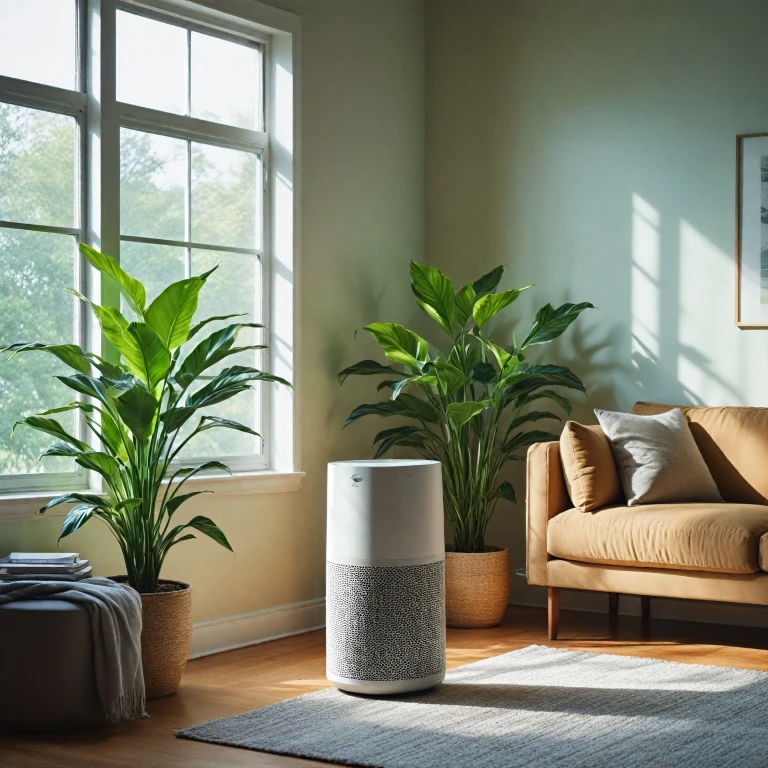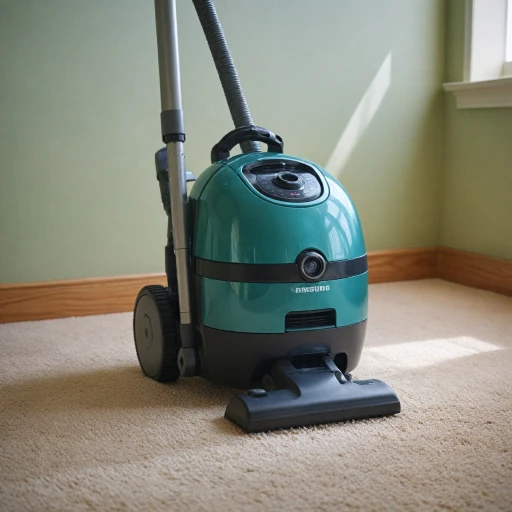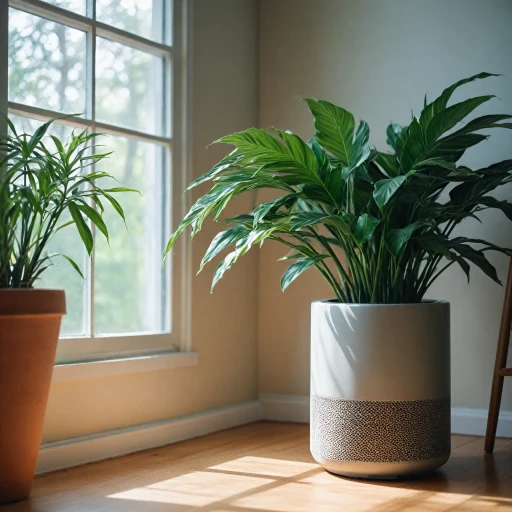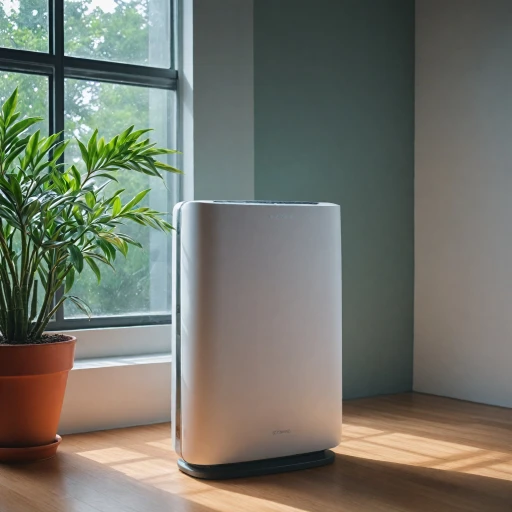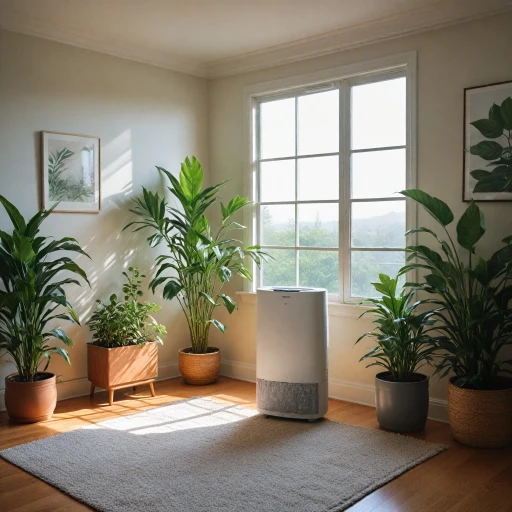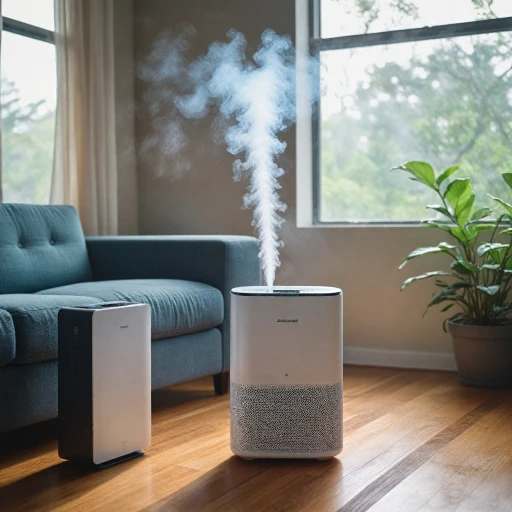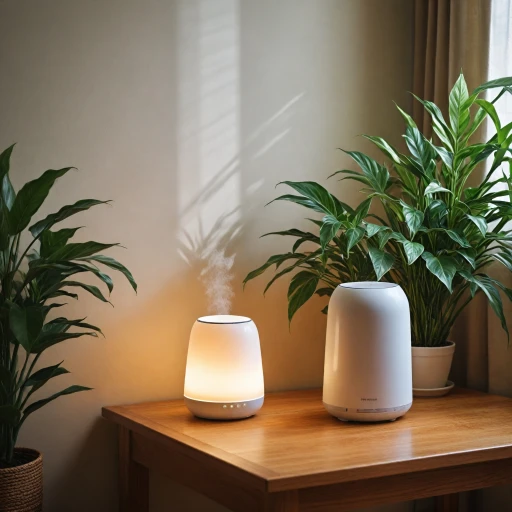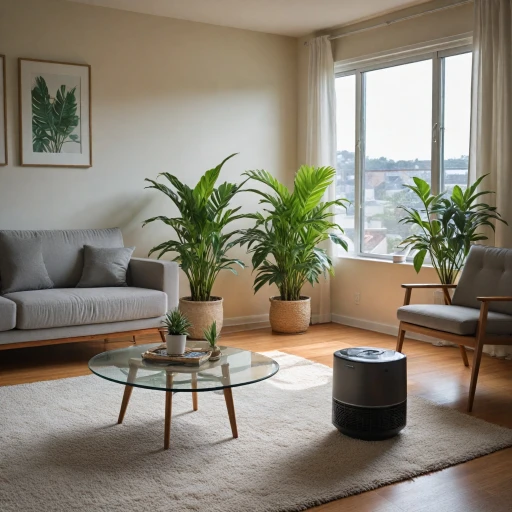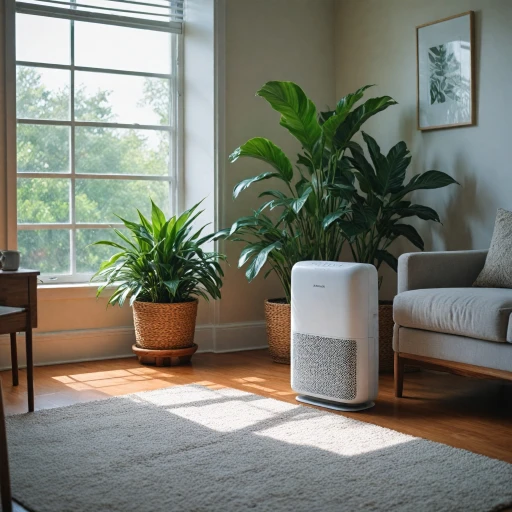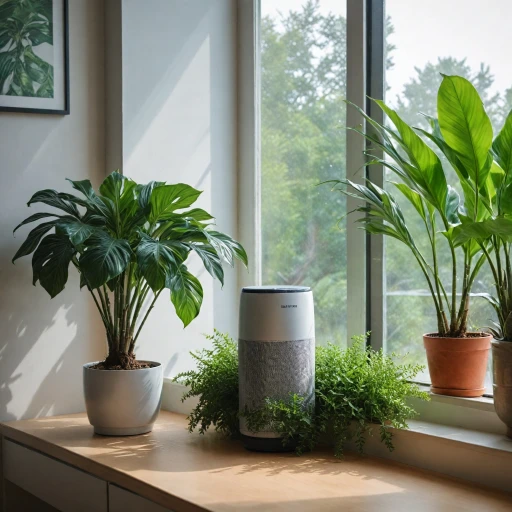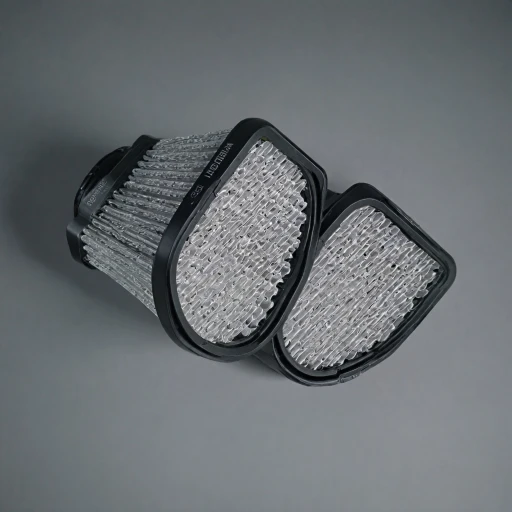
Understanding U16 Air Purifiers
What Makes U16 Air Purifiers Stand Out?
When diving into the realm of air purifiers, the U16 class stands out significantly. This class of air purifiers is highly revered for its remarkable ability to filter out microparticles from the air. At their core, U16 air purifiers utilize HEPA filters, specifically the ultra-low penetration air (ULPA) filters, which set them apart from traditional filtration systems. U16 air purifiers excel in achieving a high-efficiency particulate air filtration. These filters are engineered to capture at least 99.9995% of airborne particles, which presents an impressive demonstration of efficiency. They are particularly effective in environments where air purity is critical, like hospitals, laboratories, and clean rooms. Unlike standard HEPA filters, ULPA filters in U16 systems can trap particles as small as 0.1 micrometers, ensuring exceptional air quality. Additionally, the design of U16 air purifiers often incorporates mini pleat configurations, optimizing the filter media to enhance surface area and improve the air flow rate. This ultimately contributes to the prolonged lifespan of the filters, providing a cost-effective product solution over time. The meticulous pleating of the filter improves not only performance but also the overall user efficiency. These air purifiers also comply with stringent ISO standards, which reinforces their status as a high-quality product option for those requiring superior air cleanliness. The ISO certification is a testament to their efficiency and durability in maintaining high air quality standards. For information on how these purifiers fit into financial considerations, you can explore this understanding FSA eligibility for air purifiers which provides insights about using FSA funds for purchasing air purifiers. Such insights are valuable for consumers seeking both quality and economic feasibility.The Technology Behind U16 Air Purifiers
Unmasking the Mechanics of U16 Air Purification
The mechanics of U16 air purifiers stem from an advanced filtration system that incorporates both HEPA and ULPA filters, ensuring high efficiency in capturing minute airborne particles. Recognized for its precision, the U16 designation refers to one of the highest filter classes, offering excellent filtration capabilities. This is integral in environments where maintaining exceptional air quality is crucial, such as clean rooms or sensitive industrial applications. HEPA and ULPA filters play a vital role in the overall efficiency of these systems. HEPA filters are renowned for capturing particles as small as 0.3 microns with an efficiency particulate rate of 99.97%, while ULPA filters take this efficiency further, handling even smaller particles down to 0.12 microns. This layered approach to filtration assures that the air circulating within the space is significantly cleaner, effectively reducing allergens, dust, and other particulates. The materials and design of these filters, such as mini pleat and filter media, actively influence their performance. Mini pleat technology enhances surface area while maintaining a compact form factor, allowing for a greater volume of particulate capture without significantly impeding airflow through the ventilation system. This balance of high efficiency and airflow is critical to achieving the promised air quality improvements while catering to a wide range of environmental conditions. ISO standards further bolster the credibility and reliability of U16 air purifiers, ensuring that these products deliver on their efficiency promises. The rigorous testing methodologies set by ISO provide additional assurance to users seeking dependable air purification solutions. For a deeper understanding of the benefits these purifiers bring to the table, consider exploring this guide on the benefits of air purification systems. It may offer insights into how these technologies contribute to improved indoor quality and health outcomes.Benefits of Using U16 Air Purifiers
Advantages of Utilizing U16 Air Purifiers
U16 air purifiers are renowned for their exceptional efficiency in purifying the air, making them a valuable choice in environments that demand high-quality air regulation, such as clean rooms. With their advanced filtration systems, they incorporate a combination of HEPA and ULPA filters that effectively capture particulate air matter, even down to the smallest particle size, ensuring a cleaner and healthier atmosphere. Using these purifiers, one can experience a significant reduction in dust and other harmful particles. The mini pleat design of the filter media maximizes the surface area without compromising the airflow, offering high efficiency particulate filtration. This design ensures a consistent performance over an extended period, making U16 air purifiers an exceptional product for maintaining air quality. Moreover, the filtration system used in these products adheres to strict ISO standards, ensuring users receive a reliable product. The advanced pleat HEPA and ULPA filter classes are specifically developed to target both microscopic particles and larger debris, effectively boosting the overall clean air delivery rate (CADR). A notable benefit of employing the U16 system is the enhancement of ventilation in interior spaces without the necessity for frequent maintenance. This results in less frequent filter replacements, providing a low-cost operation despite its high efficiency in filtration. In the search for the right air purifier, particularly for environments prone to contaminants, U16 air purifiers prove to be an optimal choice. They not only improve air quality but also contribute positively to health and well-being by minimizing the presence of allergens and respiratory irritants. For further guidance on selecting air purifiers tailored for tobacco smoke or other specific needs, one might find it helpful to refer to articles about choosing the right air purifier for tobacco smoke.Challenges in Implementing U16 Air Purifiers
Overcoming Installation and Maintenance Hurdles
Implementing U16 air purifiers, known for their high efficiency particulate air filtration, can present several challenges. One of the primary issues is the initial installation, which requires careful planning to ensure optimal performance. The placement of these air filters is crucial; they need to be integrated into existing ventilation systems without compromising the air quality or the system's efficiency.
Cost Considerations and Economic Impact
Another challenge is the cost associated with U16 air purifiers. These products, often equipped with advanced HEPA and ULPA filters, tend to be more expensive than standard air purifiers. The high cost can be a barrier for some consumers, especially when considering the long-term maintenance and replacement of filter media. Regular maintenance is essential to maintain the efficiency of the air filters, particularly in environments with high dust or particle levels.
Technical and Environmental Limitations
Technical limitations also play a role. The effectiveness of HEPA and ULPA filters can vary based on the particle size they are designed to capture. While U16 filters excel at capturing smaller particles, they may not be as effective against larger pollutants unless paired with complementary filtration systems. Additionally, the mini pleat design, while increasing surface area, can be prone to clogging if not regularly cleaned, affecting the overall air quality.
Regulatory and Compliance Issues
Compliance with ISO and other regulatory standards is another hurdle. Ensuring that the air purifiers meet these standards requires rigorous testing and certification, which can be a lengthy and costly process. This can delay the introduction of new models to the market and affect the availability of these high-quality air purification systems.
